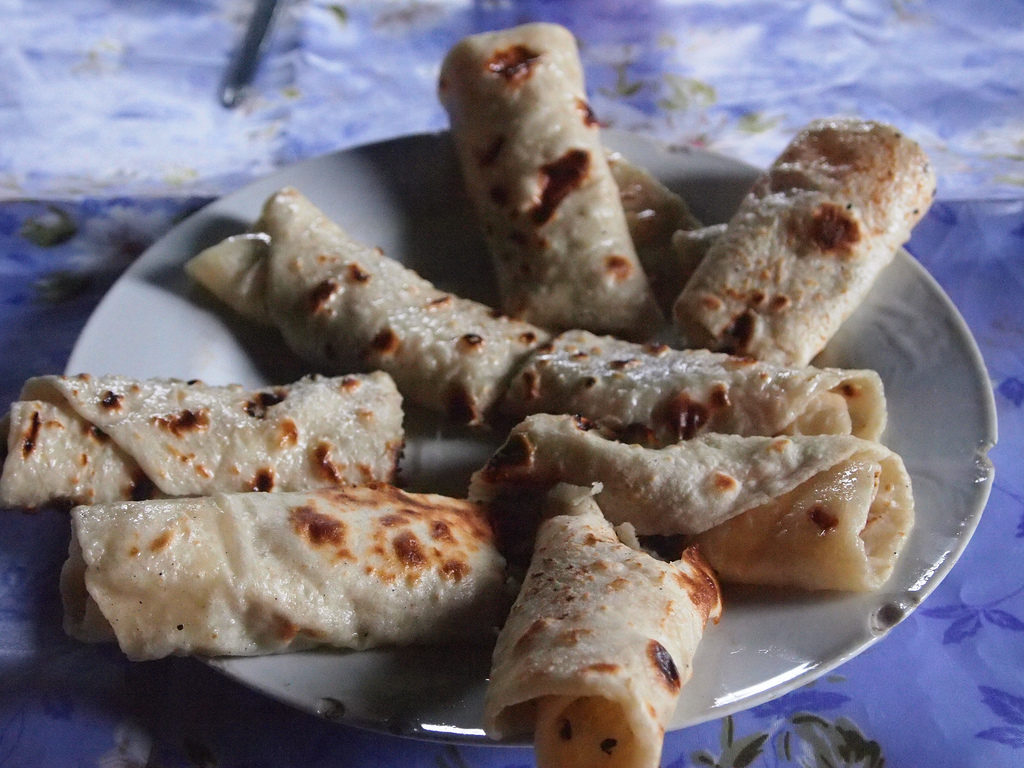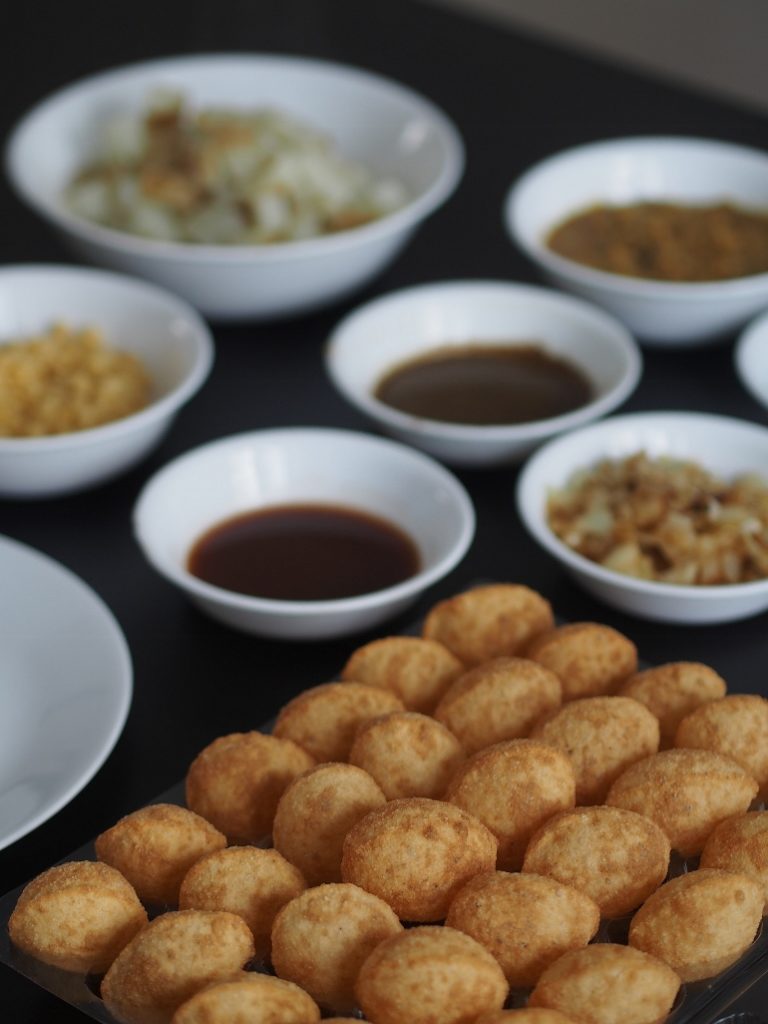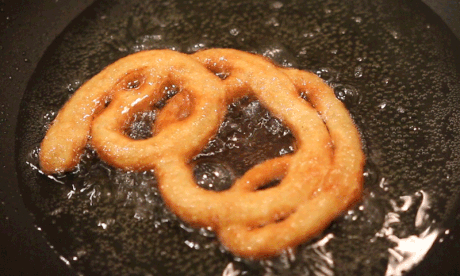Identity has always been a confusing concept for me.
I moved from Bangladesh to Ghana when I was three months old. I ended up living there for seven years before moving to Scotland. When others raised their flags in bold patriotism at events like the Euros, World Cup, and Olympics, I always felt like a parent picking their favorite child, unable to fully support one country without feeling like I’m betraying the other.
Of course, Bangladesh and Scotland never really qualify for any international events, so it makes it slightly easier, but let’s set that aside for a moment.

GIF courtesy of giphy.com
It’s a trivial thing, not being able to support any particular sports team, but it’s a sign of a deeper identity issue. It began young for me. It was colored by the fear of a seven year old approaching snow for the first time… Seriously, that first walk felt like a trek of death.

GIF courtesy of giphy.com
The battle of identity is not a cacophonous one (however much it feels like it internally at times), but a subtle and a gradual one. It’s a Ghanaian accent rapidly evolving into a Scottish one to prevent being teased. It’s two little girls dashing furtively indoors before their school friends can see them in their “home clothes.” And, for the first few years, it was darkened by a great deal of shame.
I still remember the first time I realized I was different. It was after I heard my class break out in giggles after I told my teacher in an oddly formal manner that “my father forgot to give me my letter of absence.” Having been called obroni in Ghana, comments on my skin colour shouldn’t have been a surprise, but being called a Paki was new (and frustrating — at least get the country right!). And of course, one of the biggest differences between me and my new peers was the food I ate.
I was used to having a “different diet” as I grew up eating Bengali food at home. In Ghana, it was never much of an issue, and we would often share and swap food with our Ghanaian friends. But I soon learned the lunch halls of East Scotland primary schools were very different. To bring fried eggs and roti in your packed lunch box was to pronounce a five-seat no-go zone around yourself.

Photo courtesy of flickr.com
My sister and I begged our mum to give us the more acceptable sandwiches and crisps instead, insisting we preferred our dried bread slices spread with butter. (It took us a while to understand the concept of sandwiches. And we had so much more to learn.)
I did make more inclusive friends over time, and even introduced them to Bengali sweets. But it took longer to overcome the self consciousness I felt whenever I had to step outside in a salwar kameez. I don’t know why I was ever ashamed – those things are GLAM.
With maturity, the shame I felt about being different faded. At the same time however, I became more aware of the aspects of my culture that didn’t sit right with me.
For one, my birth country is barely fifty years old and has been scarred by an imperialism and independence war — and it shows. Corruption is rife, as is poverty and injustice. It’s hard to feel connected to it — living as I do, so far away. This disconnect has caused a bit of internal struggle over the years. However, something I find myself returning to time and time again to reconnect myself is food.

Photo courtesy of flickr.com
Bengali cuisine is characterized by seafood, vegetables and lentils, and has been influenced by many peoples including the Mughal and the Chinese. Over time, street food became more important in Bengali culture. You probably already know what samosas are but you haven’t lived until you’ve had five plates of fuchka (also known as gol gappe or pani puri) and chotpoti in one sitting. And you definitely don’t know what sweet heaven you’ve been missing out on until you’ve tried a hot, sticky jilapi (also known as jalebi).

GIF courtesy of giphy.com
And while we’re at it, Bengali food is different from Indian food. While West Bengal is a state in India, it is not the same as Bangladesh, and there are variations in the cuisine of each area. Of course, the majority of ‘Indian’ restaurants in the UK don’t help to educate people on these variations and present a messy and watered-down amalgamation of the Indian subcontinent, but that’s a whole article in itself.
Food doesn’t solve every problem (as much as I wish otherwise), and it certainly isn’t the only thing I like about my culture. It is however something tangible that I can make, interact with, share, point to, and say: this, this is part of my identity. And it’s not just about the food either. It’s about how you share it, and how hospitality is shown. Ultimately, my identity is not found in my birth country alone, but when I feel like an outsider to my own culture, food becomes the thread that connects me back to the place I came from.
Now, to tackle Ghanaian cuisine.

